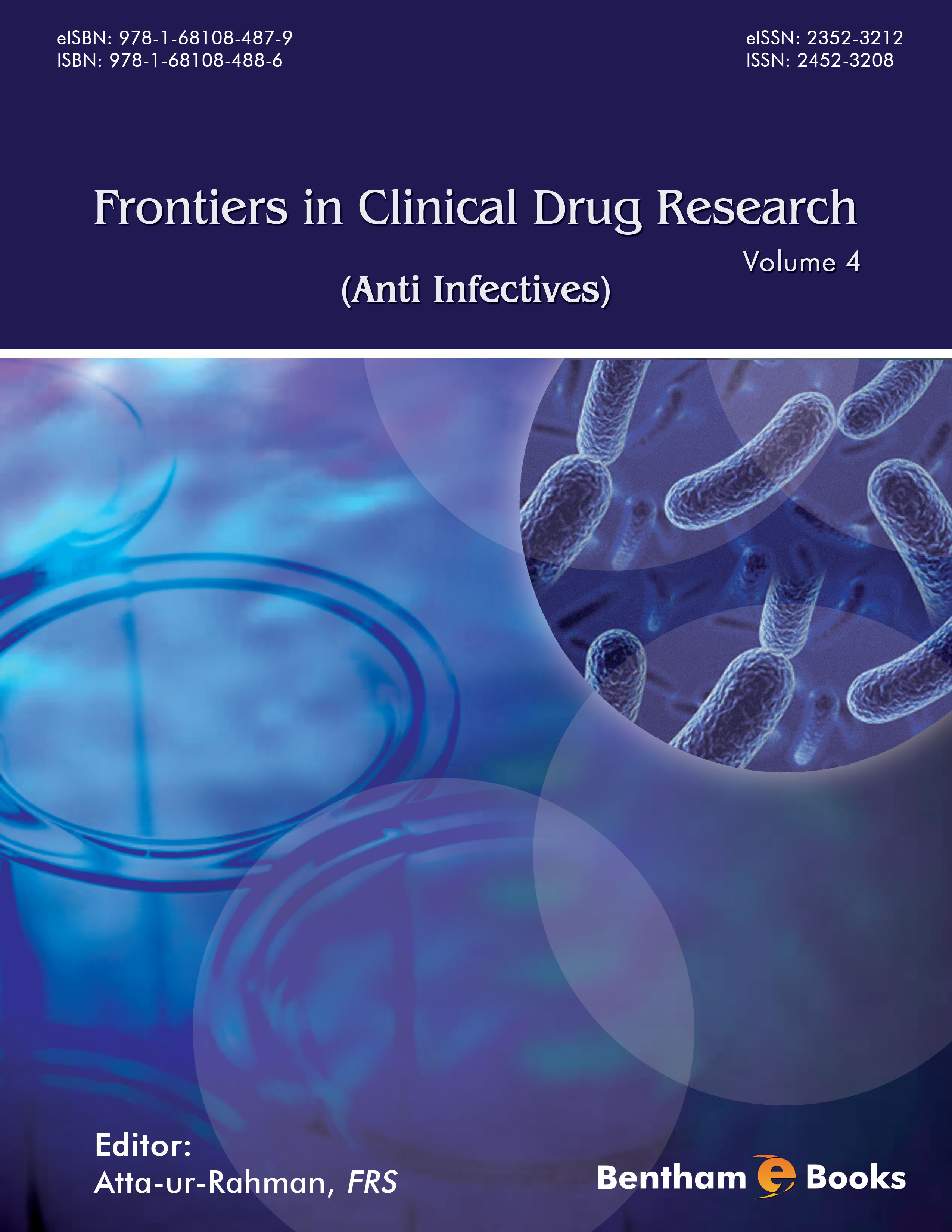Introduction
Frontiers in Clinical Drug Research – Anti infectives
is an eBook series that brings updated reviews to readers interested in learning about advances in the development of pharmaceutical agents for the treatment of infectious diseases. The scope of the eBook series covers a range of topics including the chemistry, pharmacology, molecular biology and biochemistry of natural and synthetic drugs employed in the treatment of infectious diseases. Reviews in this series also include research on multi drug resistance and pre-clinical / clinical findings on novel antibiotics, vaccines, antifungal agents and antitubercular agents. Frontiers in Clinical Drug Research – Anti infectives is a valuable resource for pharmaceutical scientists and postgraduate students seeking updated and critically important information for developing clinical trials and devising research plans in the field of anti infective drug discovery and epidemiology.
The fourth volume of this series features reviews that cover a variety of topics including:
- -Strategies to prolong antibiotic life
- -Catalytic antibodies for targeting rabies and influenza viruses
- -Antiviral therapies for arenaviruses
- -The role of steroids in viral infections
- -Monoclonal antibody manufacturing processes
- -Prevention and eradication of biofilms in medical devices

